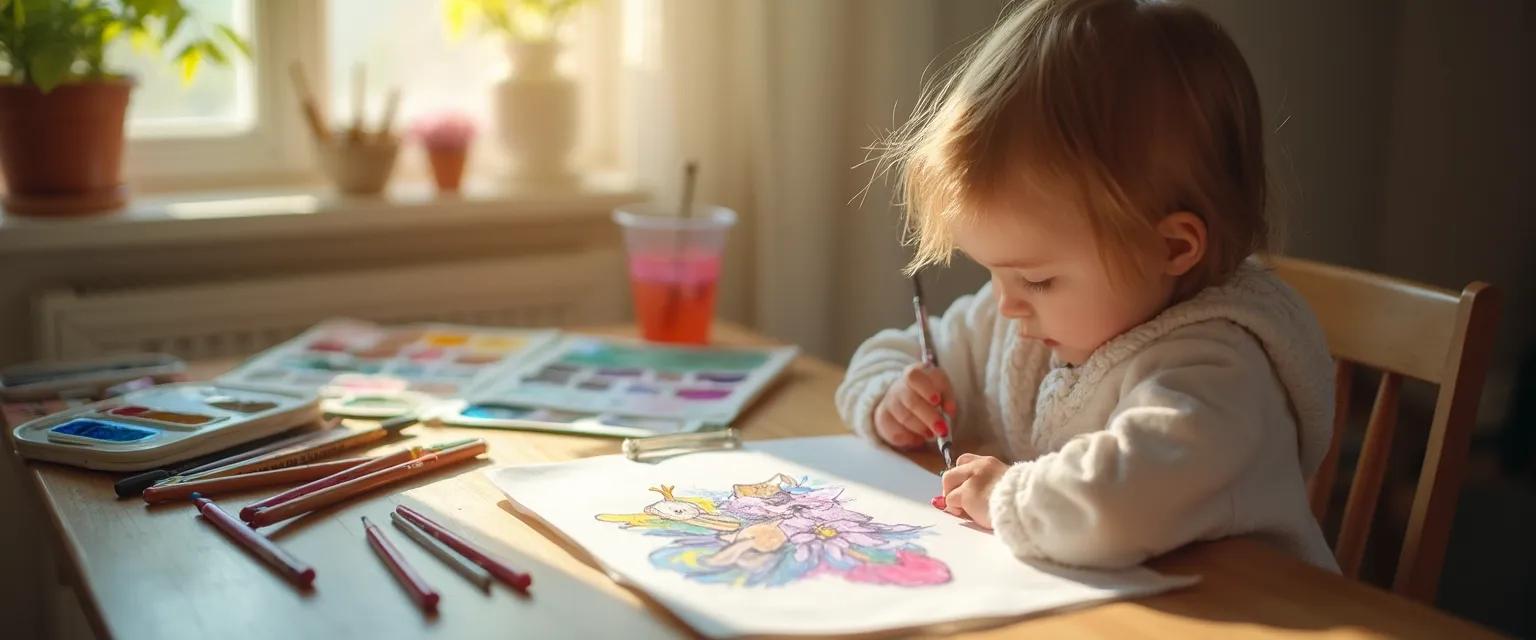Creative Art Therapy Techniques for Children Coping with Pet Grief
When a beloved pet crosses the rainbow bridge, children often experience their first profound encounter with pet grief. The special bond between kids and their furry, feathered, or scaled companions creates a unique emotional landscape that can be difficult to navigate. While adults might process loss through conversation, children frequently lack the vocabulary to express the complex emotions that pet grief stirs within them. This is where art therapy emerges as a powerful tool—creating pathways for emotional expression when words simply aren't enough.
Art therapy offers children a natural, non-threatening way to process pet grief through creative expression. When children lose a pet, they're not just losing a companion but often their first experience of unconditional love and friendship. Through mindfulness techniques incorporated into art activities, children can externalize their feelings, making the invisible world of emotions tangible and manageable.
The beauty of using creative expression for pet grief lies in its adaptability to each child's unique emotional journey. Some children might experience sadness, while others might feel anger, confusion, or even guilt. Art provides a safe harbor for all these emotions to exist simultaneously without judgment.
Art Therapy Projects That Help Children Express Pet Grief
Memory collages stand as one of the most effective pet grief techniques for children. Gather photographs, drawings, pet toys, or even fur clippings (if available) to create a tangible memorial. This project not only honors their pet but also helps children externalize their memories, creating a physical representation of their emotional connection.
Clay sculpting offers another powerful avenue for pet grief expression. The tactile nature of working with clay engages multiple senses, grounding children in the present moment while they create a representation of their pet. This three-dimensional memorial becomes a focal point for processing emotional release and celebrating their pet's life.
Emotion color mapping helps children identify and express the complex feelings associated with pet grief. Provide a simple outline of a heart or body and ask them to use different colors to represent their emotions. For example, blue might represent sadness, red for anger, yellow for happy memories. This exercise helps children recognize that multiple emotions can coexist during the pet grief journey.
Story creation empowers children to craft narratives about their pet's life and legacy. Whether through comic strips, illustrated books, or simple written stories, this pet grief strategy helps children make meaning of their experience. Many children find comfort in creating stories about where their pets go after death, which can be particularly healing for those grappling with existential questions.
Rainbow bridge paintings offer a gentle way to introduce spiritual concepts around pet loss. Many children find comfort in the idea that their pet is waiting for them somewhere special. Creating artwork that depicts this peaceful place can provide solace and a sense of continued connection despite physical separation.
Guiding Conversations Through Pet Grief Art Sessions
When facilitating art therapy for pet grief, creating a judgment-free environment is essential. Rather than interpreting a child's artwork, ask open-ended questions like "Can you tell me about what you've created?" or "What feelings were you having while making this?" This approach honors their unique pet grief experience without imposing adult perspectives.
Pay attention to the colors, shapes, and elements children include in their artwork. These visual choices often reveal emotional states that children cannot verbalize. Dark colors or chaotic lines might indicate deeper distress, while vibrant colors might represent positive memories or healing. These observations can guide your strategies for managing emotions during conversations.
Use the completed artwork as a bridge to deeper discussions about loss. Statements like "I notice you used a lot of yellow around your pet. What does that color mean to you?" can open meaningful dialogues about the pet grief process. Remember that silence is also valuable—sometimes sitting quietly together while creating art says more than words ever could.
Watch for signs that a child might need additional support with their pet grief. These include prolonged withdrawal, regression in behavior, sleep disturbances, or artwork that consistently depicts disturbing themes. While pet grief is natural, some children benefit from additional guidance to process their feelings effectively.
Throughout the pet grief journey, remind children that there's no "right way" to feel. Some days might bring sadness, while others might be filled with happy memories. This normalization helps children understand that healing isn't linear and that their feelings, whatever they may be, are valid parts of the pet grief experience.




